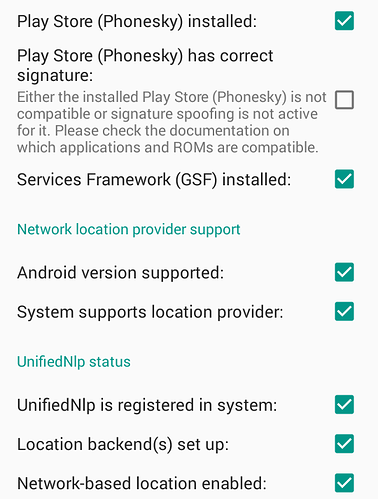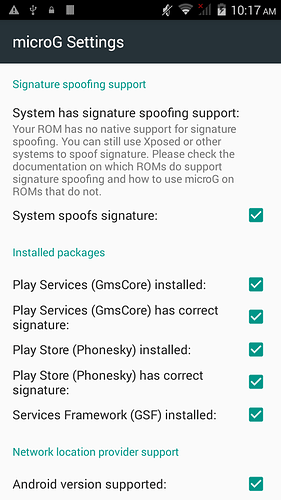(Sorry, this post is going to be very extensive)
(I think I’ll be finishing this post tomorrow. You have NoGApps and microG info on their respective topics, linked at the bottom)
OpenGApps, GApps (GMS) and Android/AOSP
I have a disagreement with the name OpenGApps from the first day I heard/red it because of its confusion-prone constitution. OpenGApps are just flashable ZIPs of different sizes with the apps and services of the Google Mobile Services (GMS) suite, useful for flashing on top of custom ROMs, which cannot include them by default for licensing issues (extra: this side effect cause benefit for FOSS philosophy, independence and privacy at the end).
The GMS suite is commonly named GApps or Google Apps, is proprietary software, and use remote web services from Google, thus it cannot be included on Android Open Source Project (AOSP). It is shipped with (almost) every comercial Android™ device and contain usable apps (Google’s Play Store, Mail, Maps, Drive, Chrome, Youtube, etc), and other invisible apps that adds capabilities to the system (Google-backed network location, Google Maps API for embedding maps into apps, GCM push notifications and Google sign in).
The GMS suite is installed on Android as system apps. This means that, although Android base (AOSP) is open source, the reality is that there is opaque software (proprietary software) in your mobile running with root permissions and reaching 3rd party services without your clear knowledge. This can be considered a security vulnerability or a freedom cage, but mostly (for me, at least) it is a privacy concern. I cannot completely own a device I’ve bought, nor use alternative for some of those services. Other extended reason to avoid the use of GMS is excesive energy consumption.
Living without Google
Using an Android device without GMS is not as easy as it can be thought. The Android™ platform is controlled by Google. Google’s business model is hardly based on the use and popularization of their services, so Google encourage developers to use their own services and distribute their apps through their official store, Google Play Store. That means some apps cannot be obtained from other sources, and that some of those apps depend of these non-free services and cannot be used whithout them.
I’ve had the repetitive experience of my phone refusing to install some apps because of the need of Google Maps API installed (mostly Spanish bus information apps), or some other apps installing and closing when opened (showing a pretty message: “Google Services are required and blah, blah, blah”, or simply crashing), or some other apps notifications malfunctioning because the absence of GCM push services (Slack, which I need for working; Tumblr, which I needed for procrastinating).
NoGApps and microG projects
So, if GMS are needed, but for some reason you don’t want to use it (or not use it in its whole, only some parts), you are in a dilemma. This is the point in which NoGApps and microG comes to the rescue.
NoGApps and microG are open source replacements of GMS mainly developed by Mar-v-in. I’ve been following those projects for some time (roughtly two years). My guess is that microG is a renewed version of NoGApps.
(To be continued)


